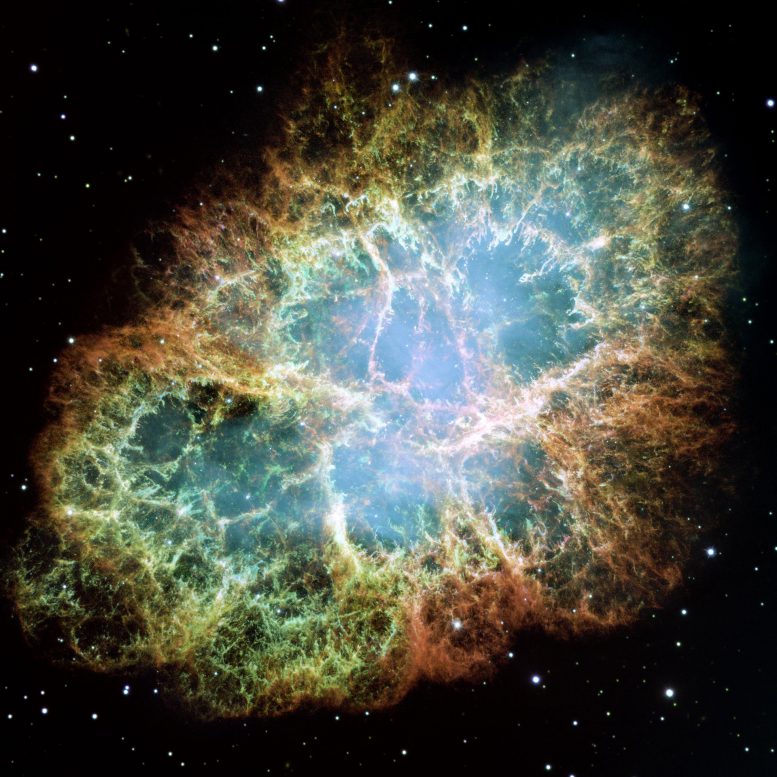
The Crab Nebula seen in the optical by the Hubble Space Telescope. The Crab is an example of a pulsar wind nebula.
A team of astronomers from the Harvard-Smithsonian Center for Astrophysics has modeled the detailed shape of the pulsar wind nebula created by PSR B0355+54.
Neutron stars are the detritus of supernova explosions, with masses between one and several suns and diameters only tens of kilometers across. A pulsar is a spinning neutron star with a strong magnetic field; charged particles in the field radiate in a lighthouse-like beam that can sweep past the Earth with extreme regularity every few seconds or less. A pulsar also has a wind, and charged particles, sometimes accelerated to near the speed of light, form a nebula around the pulsar: a pulsar wind nebula. The particles’ high energies make them strong X-ray emitters, and the nebulae can be seen and studied with X-ray observatories. The most famous example of a pulsar wind nebula is the beautiful and dramatic Crab Nebula.
When a pulsar moves through the interstellar medium, the nebula can develop a bow-shaped shock. Most of the wind particles are confined to a direction opposite to that of the pulsar’s motion and form a tail of nebulosity. Recent X-ray and radio observations of fast-moving pulsars confirm the existence of the bright, extended tails as well as compact nebulosity near the pulsars. The length of an X-ray tail can significantly exceed the size of the compact nebula, extending several light-years or more behind the pulsar.
CfA astronomer Patrick Slane was a member of a team that used the Chandra X-ray Observatory to study the nebula around the pulsar PSR B0355+54, located about 3400 light-years away. The pulsar’s observed movement over the sky (its proper motion) is measured to be about sixty kilometers (37 miles) per second. Earlier observations by Chandra had determined that the pulsar’s nebula had a long tail, extending over at least seven light-years (it might be somewhat longer, but the field of the detector was limited to this size); it also has a bright compact core. The scientists used deep Chandra observations to examine the nebula’s faint emission structures, and found that the shape of the nebula, when compared to the direction of the pulsar’s motion through the medium, suggests that the spin axis of the pulsar is pointed nearly directly towards us. They also estimate many of the basic parameters of the nebula including the strength of its magnetic field, which is lower than expected (or else turbulence is re-accelerating the particles and modifying the field). Other conclusions include properties of the compact core and details of the physical mechanisms powering the X-ray and radio radiation.
Reference: “Deep Chandra Observations of the Pulsar Wind Nebula Created by PSR B0355+54” by Noel Klingler, Blagoy Rangelov, Oleg Kargaltsev, George G. Pavlov, Roger W. Romani, Bettina Posselt, Patrick Slane, Tea Temim, C.-Y. Ng, Niccolò Bucciantini, Andrei Bykov, Douglas A. Swartz and Rolf Buehler, 20 December 2016, The Astrophysical Journal.
DOI: 10.3847/1538-4357/833/2/253
arXiv:1610.06167

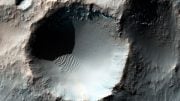

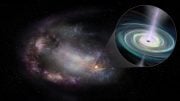
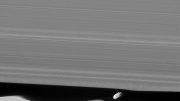
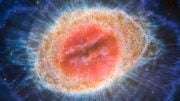

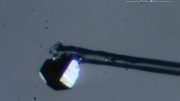
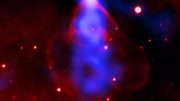
Be the first to comment on "Astronomers Study the Pulsar Wind Nebula Created by PSR B0355+54"